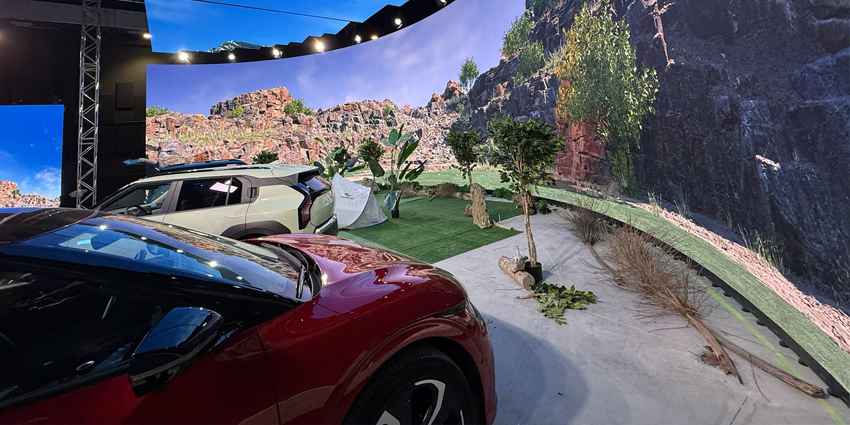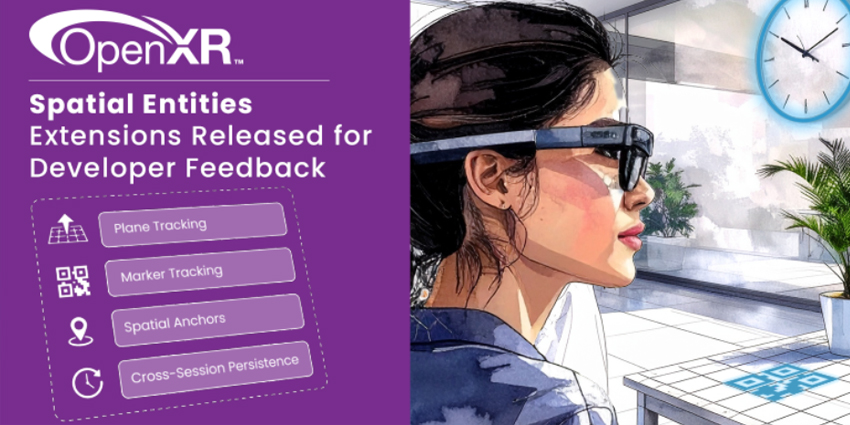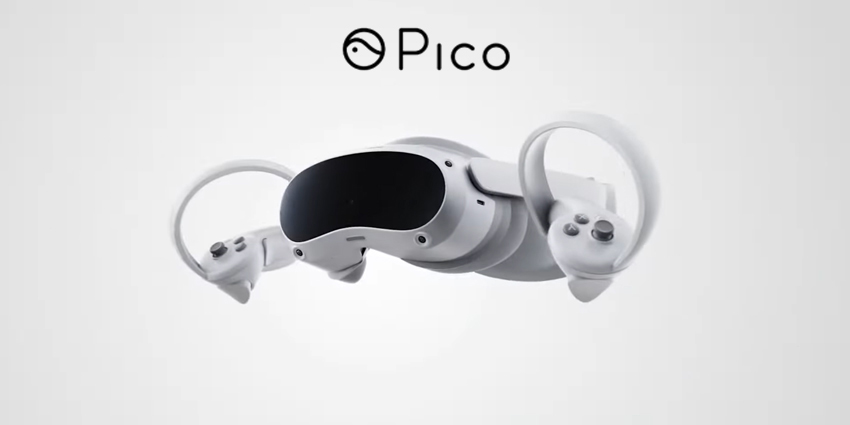The extended reality landscape is evolving, bringing with it new mixed reality headset trends that impact consumers and business leaders alike. Though mixed reality hasn’t earned as much attention as virtual and augmented reality in the past, that’s all starting to change.
Innovators like Apple, Meta, Microsoft, and Varjo have revolutionized the space, showing how flexible, versatile, and powerful mixed reality can be. By 2032, analysts predict the MR space will be worth a massive $24.6 billion.
Specific patterns are emerging as mixed reality surges into the spotlight, promising access to incredible immersive experiences for training, collaboration, and more. Here’s our insight into the latest mixed-reality headset trends worth watching in 2024.
1. The Convergence of AR, VR, and Mixed Reality
One of the first, and most significant mixed reality headset trends we’ve seen, is the rising convergence between different types of “extended reality” in devices. In the past, mixed, augmented, and virtual reality solutions were all considered distinct, separate technologies.
Now, however, users are looking for more flexibility and control over their level of immersion. This has prompted a rise in AR/VR headsets, combining virtual and augmented experiences with mixed reality capabilities. Solutions like the Meta Quest 3 and Apple Vision Pro allow users to choose exactly what type of immersion they want for each use case.
These, more versatile devices could help to enhance adoption of mixed reality in the enterprise, by ensuring companies don’t have to invest in separate hardware for each immersive experience.
2. Enterprise Use Cases Drive Mixed Reality Headset Trends
Like virtual reality headset vendors, most mixed reality headset companies have offered various versions of their devices in the past. Most of the time, different variations have focused on providing customers with varying levels of on-device storage or processing power.
However, as enterprise adoption of MR headsets increases, companies offer more specific, tailored solutions targeted at particular industries.
The Microsoft HoloLens 2 has its industrial edition and a headset designed in collaboration with Trimble for the construction space. Varjo’s XR-4 headset is available in a standard edition, “Focal edition,” with greater MR passthrough and a Secure government-grade edition.
Some MR innovators even work with companies to develop specific versions of their products for unique use cases, like pilot training. We’re even seeing the rise of service offerings specially designed for enterprise users, like the Meta Quest for Business service.
3. The Rise of Spatial Computing
Aspects of spatial computing have always been crucial to mixed reality headset trends. Spatial computing technology empowers computers to blend the real and physical worlds in a way that feels natural – a staple of MR tech. However, the number of spatial computing features emerging in MR headsets is increasing.
Companies like Varjo and Apple are investing in more advanced “sensor fusion” technologies to create accurate and comprehensive views of environments. They’re leveraging camera arrays, computer vision, and spatial mapping for more precise digital content placement.
Leading mixed reality companies are even using spatial computing to eliminate the need for controllers connected to MR devices. With hand-tracking, eye-tracking, and body movement-tracking tools, users can interact with content using natural gestures. The result is a more immersive, comfortable experience that can significantly improve interactions with MR content.
4. Mixed Reality Headset Trends Shape the Metaverse
Just like AR and VR, MR technology has a role to play in the future of the metaverse. The introduction of more advanced mixed-reality headset trends could have an impact on how we interact in these digital worlds.
For instance, companies like Apple are designing more realistic “spatial personas,” which use machine learning to help display body language and facial expressions through avatars in the virtual space. Meta is taking a similar approach, using deep generative AI models to create more realistic 3D faces for our virtual counterparts.
Some companies even invest in software solutions that integrate mixed reality devices to encourage users into the metaverse. Microsoft’s Immersive Spaces solution for Teams, which empowers users to interact in flexible, customized virtual settings, integrates seamlessly with the HoloLens 2 headset.
5. Multi-Sensory Experiences and Tech
Multi-sensory experiences are another mixed reality headset trend impacting all areas of the extended reality landscape in recent years. Many top mixed reality headsets already include features that boost immersion through more than high-definition visuals. Spatial audio, for instance, has become a commonplace part of headset design.
However, there’s also a growing interest in haptic technology and the ability to bring a natural sense of touch to interactions with digital content. Meta recently revived its focus on haptic technology with a new licensing agreement for XR peripherals.
New innovators in the XR world are also introducing countless VR gloves, body suits, and other wearables that leverage haptic feedback technology. The introduction of more senses into the MR space could lead to more immersive training, collaboration, and workflow scenarios going forward.
6. The AI Impact on Mixed Reality Headset Trends
Finally, artificial intelligence is something that’s impacting virtually every part of the tech landscape today. The use of artificial intelligence in extended reality is nothing new. Companies have been using AI to tap into computer vision for spatial mapping and improve headset performance.
In the mixed reality world, AI models are excellent for constructing realistic human models, digital twins, and object scans. Machine vision solutions can identify objects and label them, as well as helping to position digital content in a real-world environment.
However, the rise of more sophisticated AI models will have a significant impact on the future of mixed reality headsets. For instance, generative AI solutions and large language models can help companies create more impressive avatars, scenery, and even “characters” for virtual worlds. Companies like NVIDIA use generative AI to pave the way for metaverse development.
Keep Up with This Year’s Mixed Reality Headset Trends
The mixed reality landscape is evolving rapidly, thanks to the incredible innovation of the broader XR market. AR and VR tech vendors are now infusing mixed reality experiences into their headsets, paving the way for new types of immersion. As enterprise adoption grows, we can expect this trend to continue.
Moving through 2024 and beyond, the demand for mixed reality will increase. Ensure you stay up-to-date on the latest trends by checking out our reviews, reports, and interviews here at XRToday.







